Physical Education and Sports for Children with Special Needs Chapter Notes | Physical Education Class 12(XII) - Notes & Model Test Papers - Humanities/Arts PDF Download
Introduction
Sports for CWSN (Children With Special Needs) and normal children are equally important. Every child needs to participate in sports and games for proper growth and development. Many children with disabilities do not have equal access to health care, education, and employment opportunities. Nowadays, sports for disabled children are organized officially. Physical education and sports provide ample opportunities for disabled children to lead a fruitful and energetic life.
Organizations Promoting Disability Sports
Special Olympics
The Special Olympics was founded by Eunice Kennedy Shriver in 1968. The mission of the Special Olympics is to provide year-round sports training and athletic competition in a variety of Olympic-type sports for children and adults with intellectual disabilities. Intellectual Disability (or ID) is a term used when a person has certain limitations in cognitive functioning and skills, including communication, social, and self-care skills.
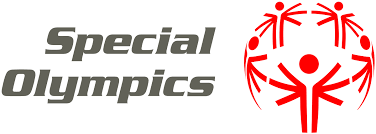
According to the American Association of Intellectual and Developmental Disabilities, an individual has an intellectual disability if they fall under the following category:
IQ is below 70-75
- There are significant limitations in two or more adaptive areas
- The condition manifests itself before the age of 18
Special Olympics allow people to change their attitudes and support athletes. A total of 1,258 Special Olympics Bharat athletes participated in nine World Summer Games and six World Winter Games between 1987 and 2019. The oath of Special Olympics Bharat is "Let me win. But if I cannot win, let me brave in the attempt." Today, the Special Olympics supports over 5 million athletes, 1 million coaches and volunteers, over one lakh (100,000) tournaments each year, and 32 Olympic-type sports through various programs in more than 170 countries.
Paralympics
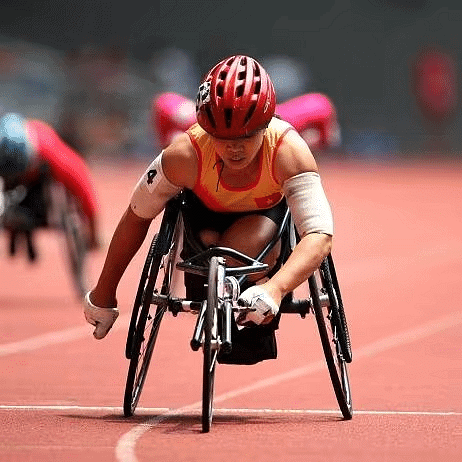
- Paralympics are international multi-sport events initiated for athletes with disabilities like amputations, blindness, and cerebral palsy.
- The Paralympics developed after Sir Ludwig Guttmann organized a sports competition for British World War II veterans with spinal cord injuries in England in 1948.
- These games were first held in Rome in 1960.
- The winter version of these games was first held in Sweden in 1976.
- Paralympics athletes compete in six different disability groups—amputee, cerebral palsy, visual impairment, spinal cord injuries, intellectual disability, and “les autres” (athletes whose disability does not fit into one of the other categories, including dwarfism).
- The main objective of the Paralympics movement is “Spirit in Motion.”
- The colors in the logo of Paralympics are red, blue, and green.
- The design of the logo is called “Aquito” which means “I Move.”
- These games are governed by the International Paralympics Committee, which was set up in 1989 and is headquartered in Bonn, Germany.
- The last Summer Paralympics were held in August 2020 in Tokyo, Japan and Winter Paralympics were held in March 2022, in Beijing, China.
Deaflympics
The Deaflympics (previously called World Games for the Deaf and International Games for the Deaf) are an IOC-recognized event. The motto of Deaflympics is ‘PER LUDOS AEQUALITAS’ (Equality through sport).
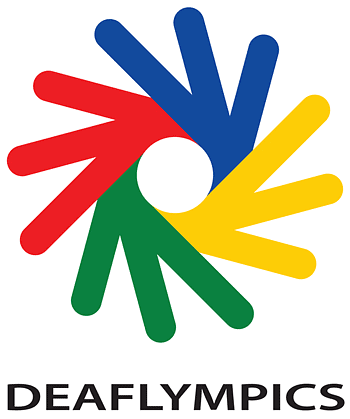
- The first games, known as the International Silent Games, were held in 1924 in Paris with athletes from 9 European nations participating.
- In 1996, the name was changed to ‘World Games for the Deaf’, and then again in 2001 to ‘Deaflympics.’
- Winter Deaflympics was instituted in 1949 at Seefeld, Austria.
- To qualify for the games, athletes must have a hearing loss of at least 55 dB in one ear.
- The Deaflympics logo is inspired by the Olympics logo. The circle in the middle represents an eye because deaf people are very visual.
Concept of Classification and Divisioning in Sports
In the world of sports, classification and divisioning play a vital role in ensuring fair and competitive participation for athletes of all abilities.
Classification
Classification refers to the process of grouping athletes based on their functional abilities, impairments, or characteristics, rather than their skill level. This ensures that individuals with similar conditions compete against each other, creating a level playing field.
Divisioning
Divisioning involves categorizing athletes into specific divisions or classes based on their classification. This ensures that competitions are structured in a way that accommodates various levels of abilities. For example, in Paralympic sports, athletes are classified according to their impairment, such as physical, visual, or intellectual, and placed into relevant divisions.
Concept of Inclusion in Sports, its Need and Implementations
Inclusion in sports refers to the practice of creating an environment where everyone, regardless of their abilities, gender, race, or background, can participate and feel welcome. This concept is essential to ensure that all individuals have equal opportunities to engage in sports and experience the numerous physical, emotional, and social benefits that come with it.
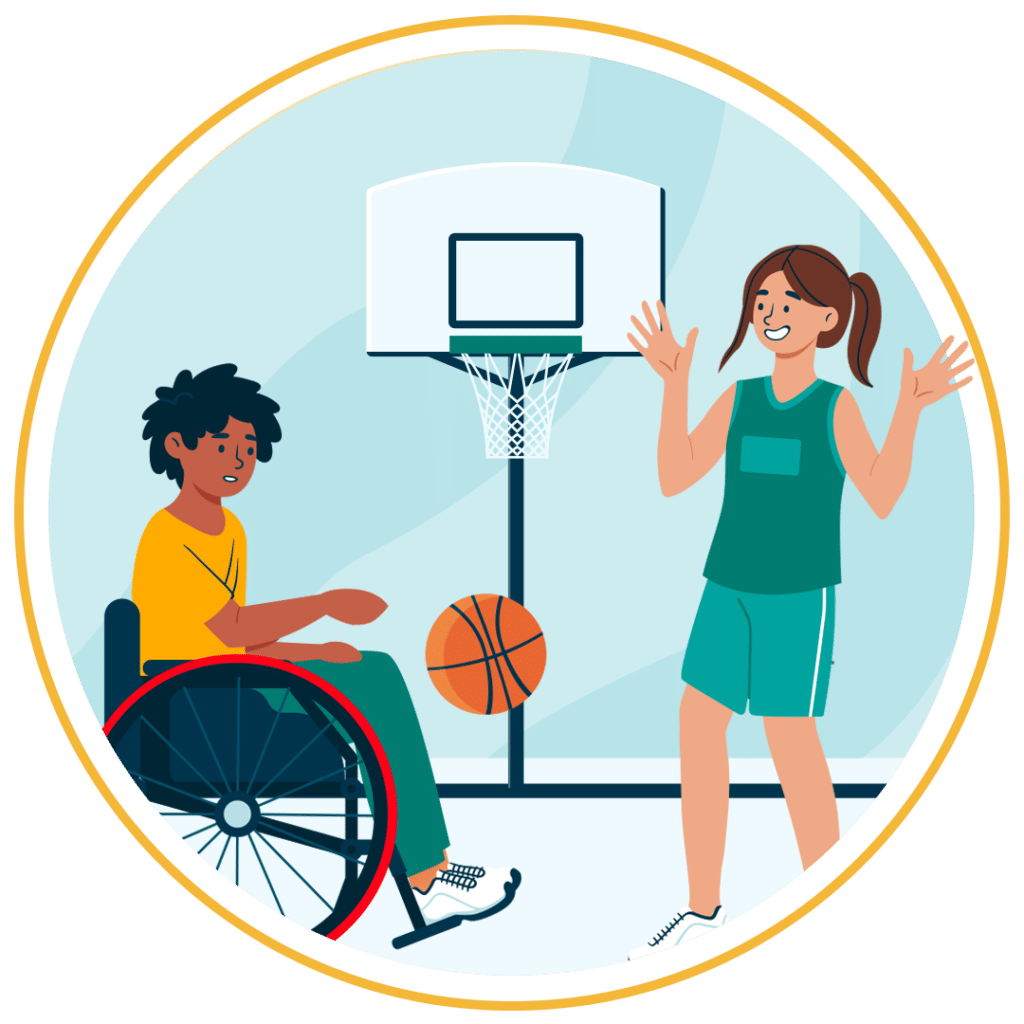
The Need for Inclusion in Sports
- Promoting Diversity: Inclusion fosters diversity in sports, allowing individuals from various backgrounds to come together and celebrate their differences.
- Empowering Individuals: Embracing inclusion empowers individuals with disabilities or those facing socio-economic challenges to participate actively in sports. It boosts their self-esteem and encourages them to pursue their passions.
- Breaking Stereotypes: Inclusion helps challenge stereotypes associated with certain sports or genders, proving that anyone can excel in any discipline if given the opportunity.
Implementations for Inclusion in Sports
- Accessible Facilities: Providing accessible infrastructure and equipment ensures that people with disabilities can participate comfortably. This includes ramps, adaptive sports equipment, and wheelchair-friendly spaces.
- Training and Education: Coaches, referees, and volunteers should undergo training to understand the needs of diverse athletes and create an inclusive atmosphere.
- Inclusive Policies: Sports organizations must adopt inclusive policies that address discrimination, harassment, and unequal treatment, while actively promoting diversity in all aspects of the game.
- Supportive Programs: Creating outreach programs and scholarships for underprivileged individuals can make sports more accessible to them and provide opportunities.
Advantages of Physical Activities for Children with Special Needs
- Reduce depression
- Improve social interaction
- Enhance physical, emotional, and psychological health
- Increased fitness levels
- Better self-esteem
- Regular daily routine
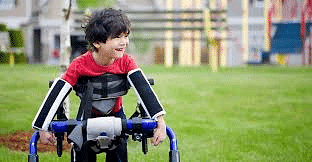
Strategies to Make Physical Activities Accessible for Children with Special Needs
We need to plan activities keeping in mind the interests and abilities of these children. Over a period of time, we have developed special programs labeled “Adapted Physical Education” (APE). APE is physical education that is individualized and specially designed to address the needs of students with disabilities who require adaptations or modifications to be physically active, participate safely, and make progress.
Some Considerations are as Follows:
- Health Check-ups
- Individual Needs: Assessment of each child's needs to create a specific customized adapted program for them.
- Specialized Equipment: The size, weight, shapes, and color of the playing equipment also have to be customized.
- Playing Environment: Playing areas need to be modified. The size of the playfield may need to be decreased or more lights and louder music and provision of handrails, etc.
- Playing Rules: These also have to be changed suitably. Playing rules should be easier and more flexible.
- Training of Educators: All instructors should undergo specialized training to handle special needs children.
- Activities According to Individual’s Abilities: Design specific activities according to their abilities.
- Encouragement: Encouragement from spectators irrespective of their errors.
|
12 videos|72 docs|31 tests
|
FAQs on Physical Education and Sports for Children with Special Needs Chapter Notes - Physical Education Class 12(XII) - Notes & Model Test Papers - Humanities/Arts
| 1. What are some organizations that promote disability sports? |  |
| 2. What is the concept of classification and divisioning in sports for individuals with disabilities? |  |
| 3. Why is the concept of inclusion important in sports for children with special needs? |  |
| 4. What are the advantages of physical activities for children with special needs? |  |
| 5. What are some strategies to make physical activities accessible for children with special needs? |  |

















